When winter rolls across Canada, lawns slip beneath a thick, frosty blanket and most homeowners stop thinking about grass altogether. But beneath that snow, your lawn is still alive—resting, storing energy, and preparing for spring.
How well it bounces back depends on what you do before and during the cold season. Proper winter lawn care isn’t just about appearance; it’s about preserving the soil, protecting the roots, and setting the stage for a lush spring comeback. Here are some winter lawn care tips to help you do a better job.
Understanding How Canadian Lawns Behave in Winter
In Canada, most residential lawns are composed of cool-season grass species such as Kentucky bluegrass, fescues and ryegrass. When temperatures consistently drop below about 10 °C and daylight length shortens, these grasses transition into a state of dormancy to conserve energy and protect their root systems. During dormancy, the green blades may fade in colour, but the roots remain alive under the frozen soil surface. Research from the Alberta Turfgrass Research Foundation shows that turfgrass can enter early-stage dormancy after just 25 days without sufficient water (about 12 L/m² per week) in Alberta-clay-loam conditions.
Understanding this biological rhythm is crucial: it reminds Canadian homeowners that winter lawn care isn’t just about “doing nothing,” but rather about protecting the root zone, soil structure and metabolic reserves so the lawn emerges strong come spring.
Pre-Winter Lawn Preparation (Late Fall Must-Dos)
The best winter lawns in Canada are made in late fall. Once growth slows but before the ground freezes, it’s time for a few essential steps that help your turf survive months of cold and snow.
1. Last mowing & height adjustment
Give your lawn one final trim before the first hard frost. Set your mower to around 2.5–3 inches (6–7 cm) — short enough to prevent snow mold but tall enough to protect the grass crown from freezing damage. The Mammotion LUBA 2 AWD robotic lawn mower offers precise cutting-height control, making it easy to achieve the perfect winter-ready finish on uneven Canadian terrain.

2. Fertilization
Apply a potassium-rich winter fertilizer in late fall to strengthen root cell walls and enhance cold resistance. According to Ontario Ministry of Agriculture data, potassium applications in late autumn can improve spring green-up by over 20 % compared to untreated turf. Many Canadian agronomists recommend applying it when soil temperatures fall between 5 °C and 10 °C for optimal uptake.
3. Aeration & dethatching
Aerate compacted soil before the ground freezes to improve oxygen flow and water infiltration. Light dethatching removes surface buildup that can trap moisture and invite disease.
4. Leaf management
Don’t let fallen leaves smother your grass. A thick, matted layer can block air circulation, trap moisture, and create ideal conditions for snow mold and root rot. Mulch or collect leaves promptly.
5. Tool & mower care
Before winter sets in, clean your mower, remove debris, and check blades for wear.
Before storing your Mammotion LUBA 2 robot mower, give it a quick clean, charge the battery halfway, and store it in a dry space — just as you would a power tool. The next part will show you what you need to do for your lawn during winter.
Protecting Your Lawn During Winter
Canadian winters are tough on grass — months of freezing temperatures, heavy snow, and fluctuating moisture can silently stress your lawn beneath the surface. While most of the hard work happens in fall, a few mindful habits through winter can make a world of difference. Here’s how to protect your lawn until spring returns stronger than ever.
1. Limit foot traffic
Avoid walking on frozen or snow-covered grass. When turf is brittle, every step can crack and shear grass blades, compact soil, and damage the crown. Once compacted, the lawn will struggle to absorb air and nutrients in spring.
2. Manage snow and ice
Be mindful of where snow piles up. Heavy drifts can suffocate grass and delay spring thaw. Also, minimize the use of salt-based deicers near your lawn edges — sodium can burn roots and alter soil pH. Use sand or calcium magnesium acetate as gentler alternatives.
3. Prevent snow mold
Snow mold (gray or pink) thrives under dense snowpacks on uncut or leaf-covered lawns. Proper fall mowing and leaf cleanup — plus evenly distributed snow — reduce the risk. If your area has midwinter thaws, light raking during mild periods can improve airflow.
Post-Winter Recovery: Helping Your Lawn Bounce Back in Spring
When the snow finally melts and the first patches of green reappear, it’s time to help your lawn wake up gently. Spring recovery is about restoring soil health, stimulating growth, and setting your grass up for another season of strength and beauty.
1. Wait for the right moment
Don’t rush into raking or mowing as soon as snow disappears. Walking on soft, thawing soil can cause compaction. Wait until the ground is firm and the grass starts to dry.
2. Light cleanup and raking
Once the lawn is dry, remove debris and lightly rake matted areas to improve air circulation. This helps prevent lingering snow mold and allows sunlight to reach emerging shoots.
3. Soil testing and early feeding
Test soil pH and nutrient levels — many Canadian lawns benefit from a light nitrogen boost in early spring. Choose a balanced fertilizer suited to your grass type and regional conditions.
4. Overseeding and repair
Address bare patches early. Overseeding cool-season grasses while soil is still moist promotes quick establishment before summer heat.
5. Resume robotic mowing
As growth stabilizes, restart your Mammotion LUBA 2 AWD robotic mower. Its smart scheduling and precision mowing encourage even regrowth, helping your lawn thicken naturally without scalping or stress.
Why Winter Lawn Care Matters in Canada
Proper winter preparation isn’t just a seasonal chore—it has measurable impact on lawn health. Studies from Canadian turfgrass research show that lawns properly winterized recover up to 40% faster in spring compared to neglected turf. Roots remain stronger, soil structure is preserved, and early growth resumes more evenly.
Consistency also plays a key role. Robotic mowers like Mammotion’s LUBA 2 AWD maintain ideal grass height and even cutting throughout the growing season, ensuring the lawn enters winter in peak condition. This combination of careful seasonal preparation and year-round automated maintenance gives Canadian homeowners a tangible advantage: faster spring green-up, thicker turf, and a resilient lawn ready to withstand the next winter.
Expert Summary: Winter Lawn Care Made Simple
Winter doesn’t mean “ignore your lawn.” With the right preparation, protection, and post-winter recovery strategies, Canadian lawns can thrive year after year. Remember the essentials: final mow and proper height, potassium-rich fertilization, aeration, leaf removal, careful winter protection, and gradual spring recovery.
Smart tools make these steps easier. Mammotion robotic mowers not only maintain ideal grass height year-round but also reduce manual effort, helping your lawn enter winter strong and emerge healthier in spring. By combining seasonal care with intelligent automation, homeowners can enjoy a lush, resilient lawn without the stress.
Winter lawn care isn’t just maintenance—it’s an investment in your lawn’s long-term vitality and your outdoor enjoyment. Start early, follow these expert steps, and your grass will thank you when spring arrives.


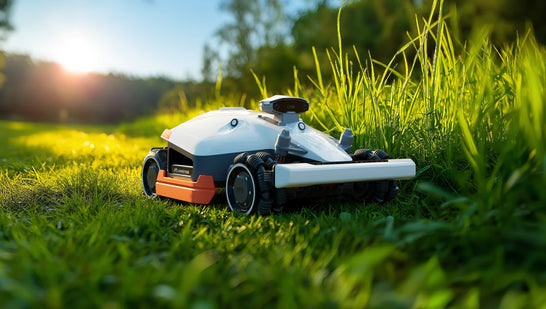
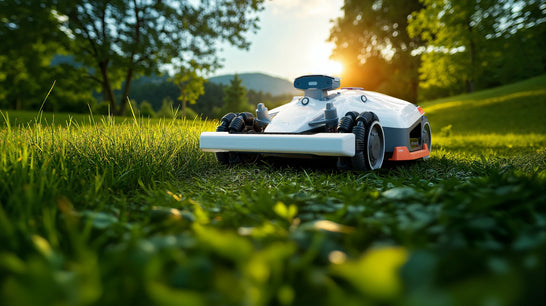


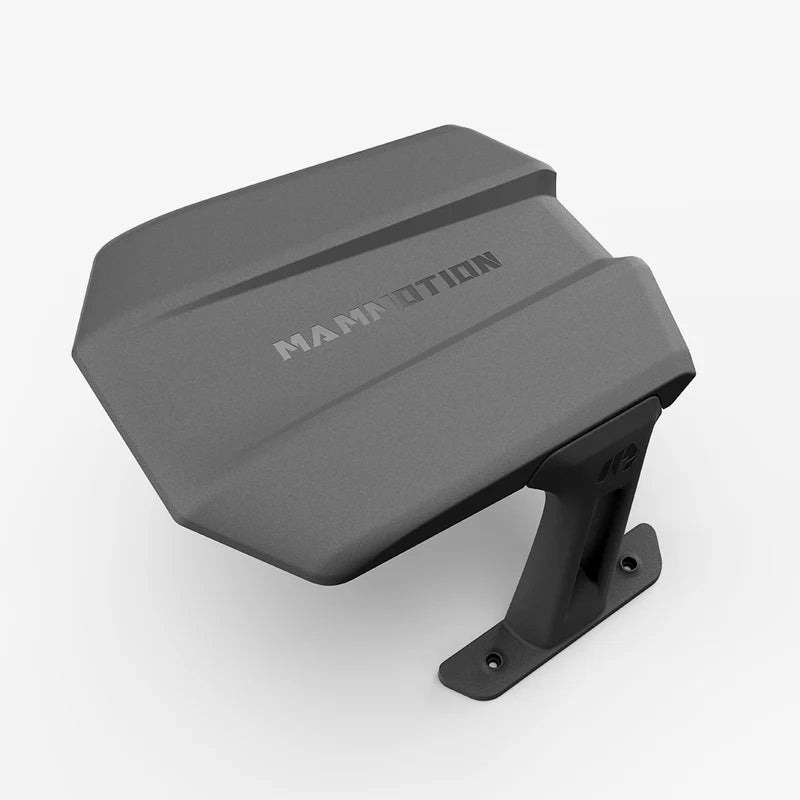
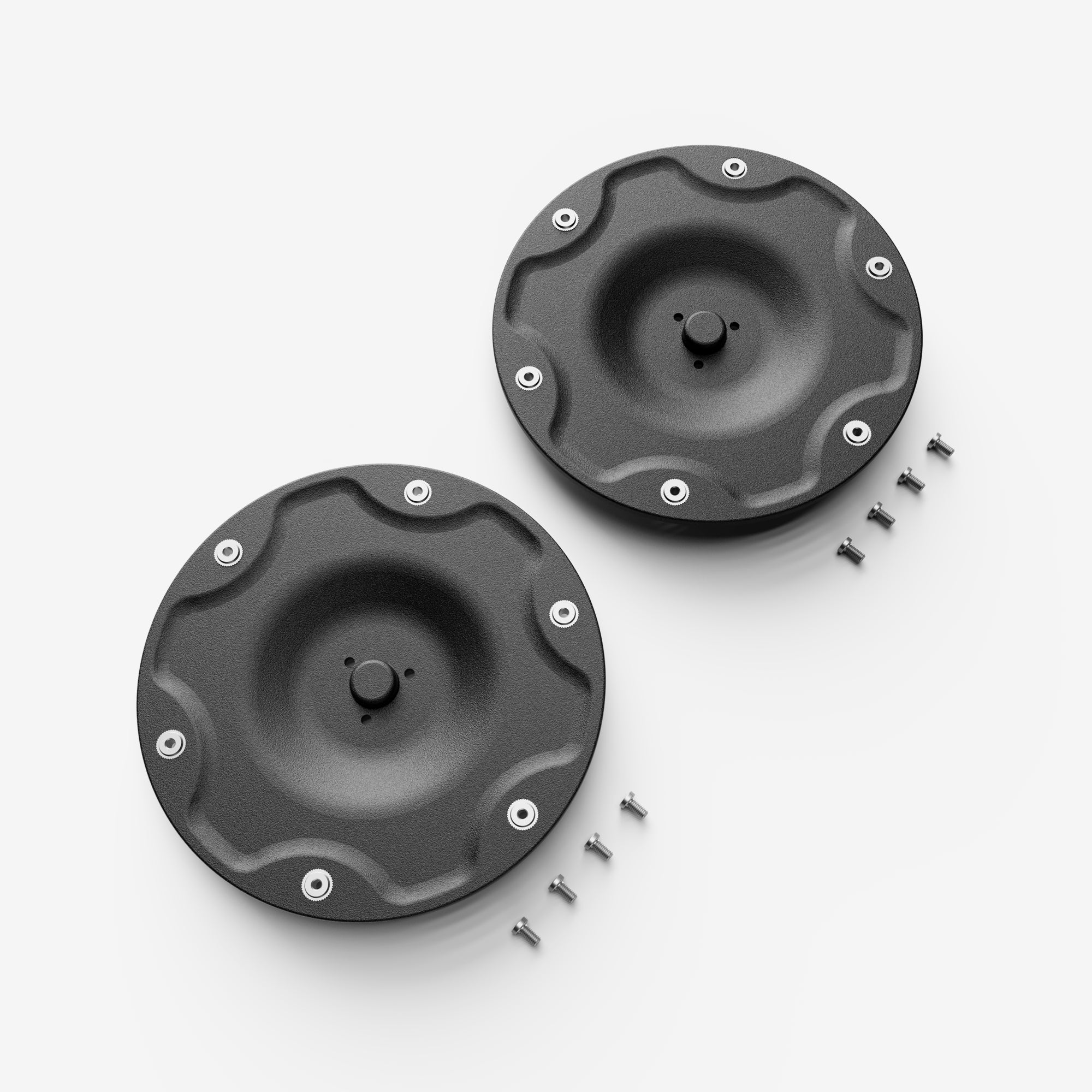

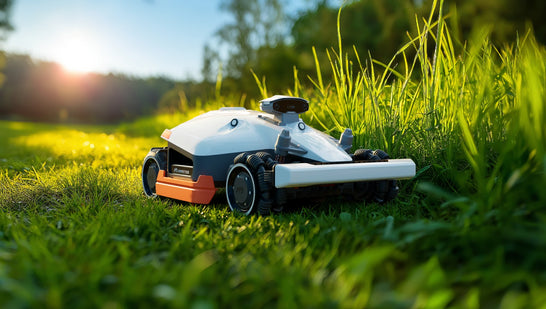
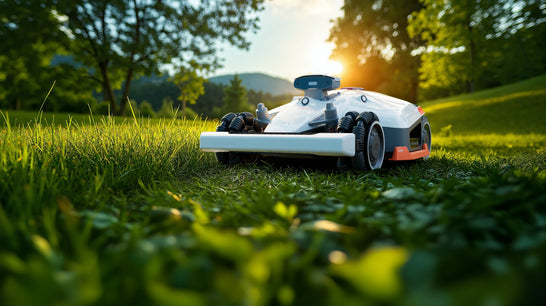
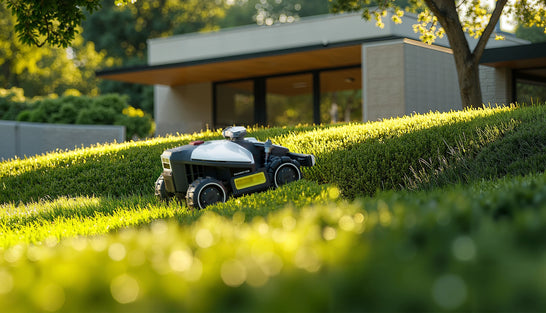

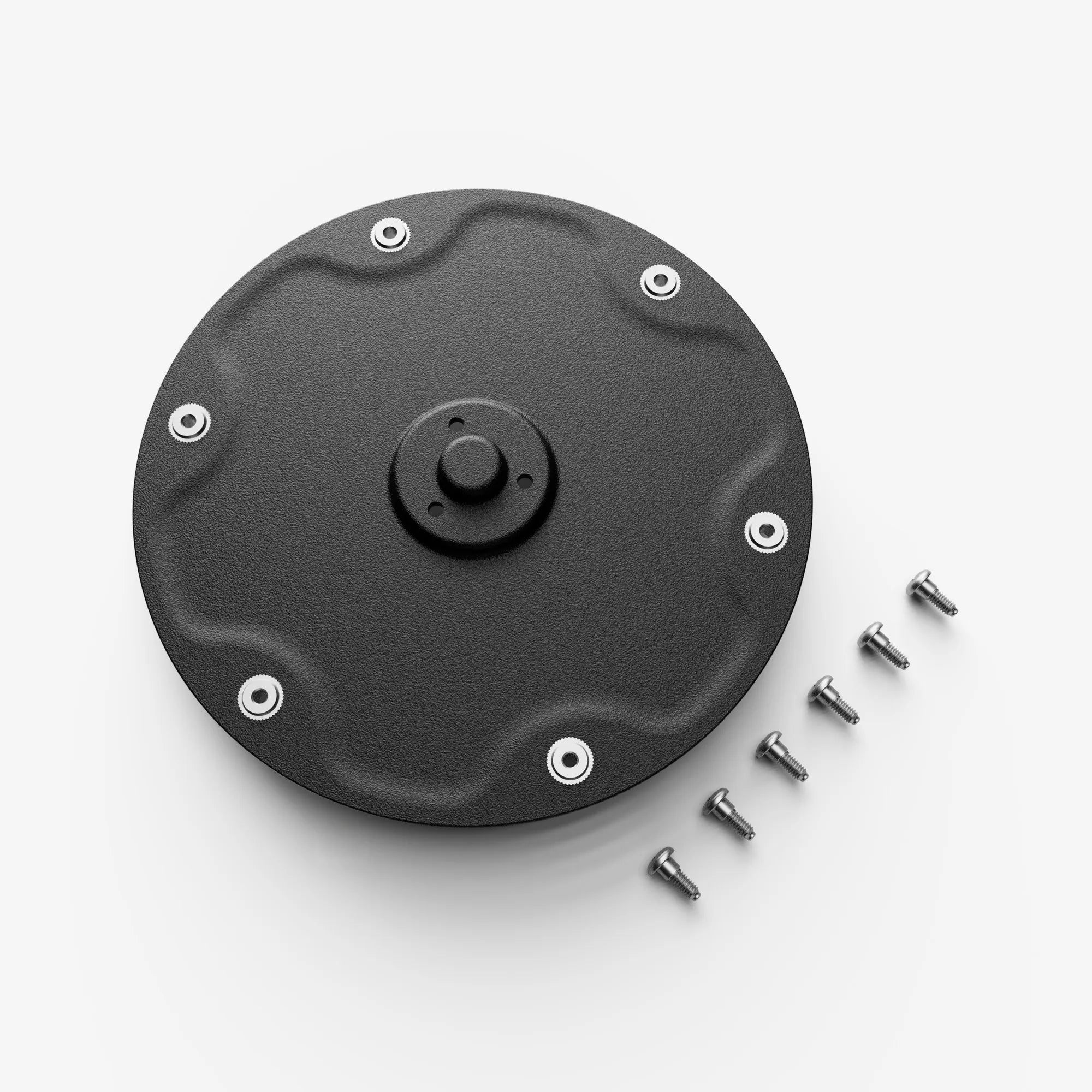
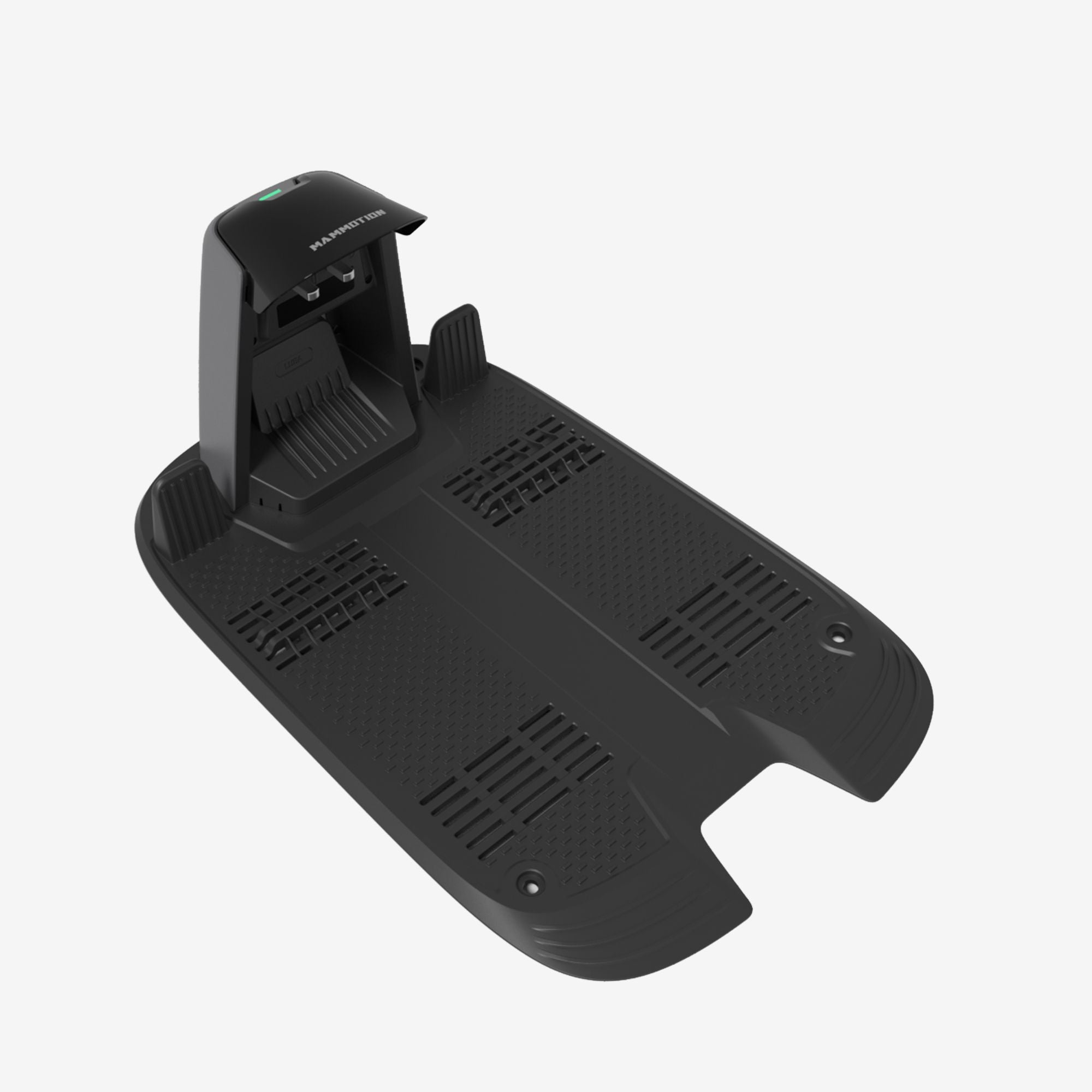



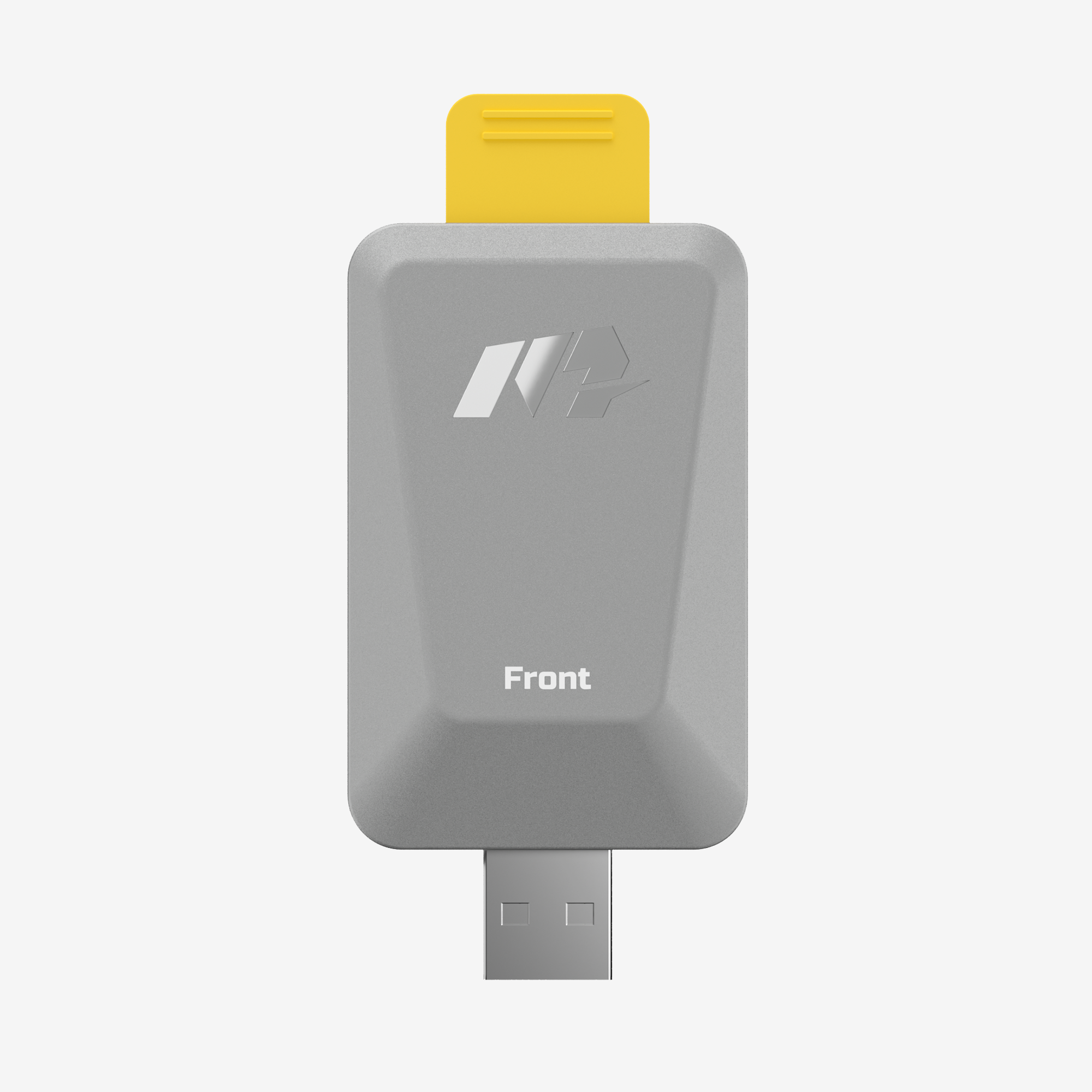

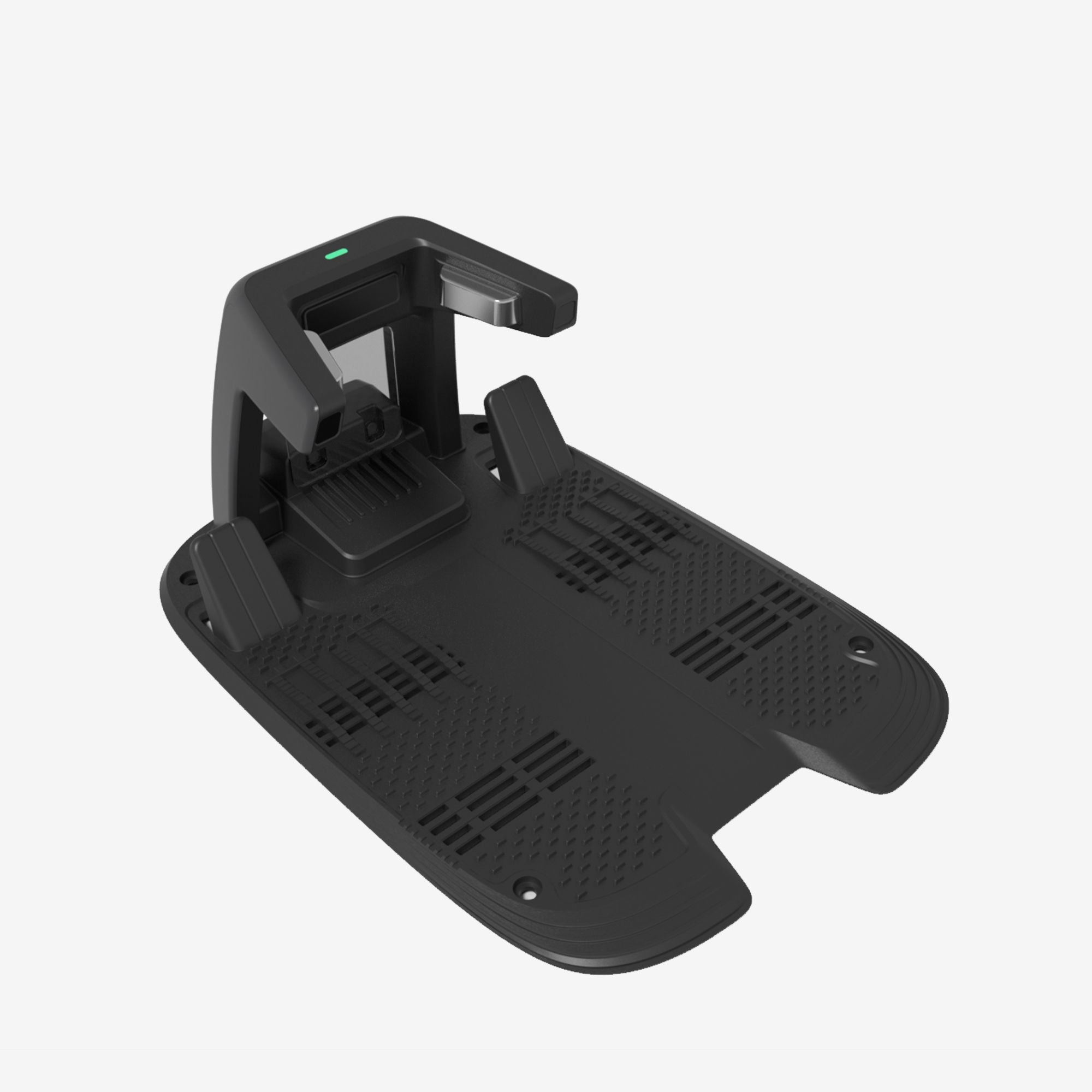
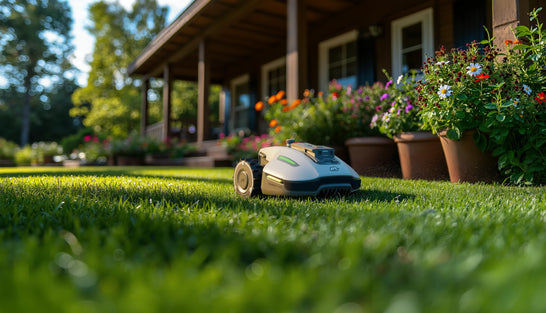

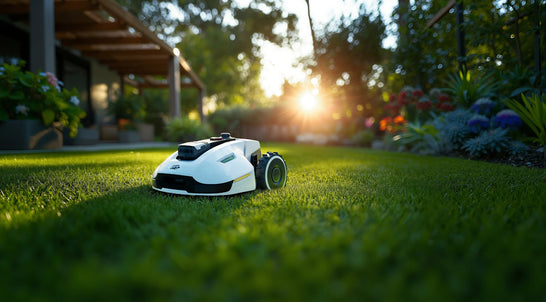

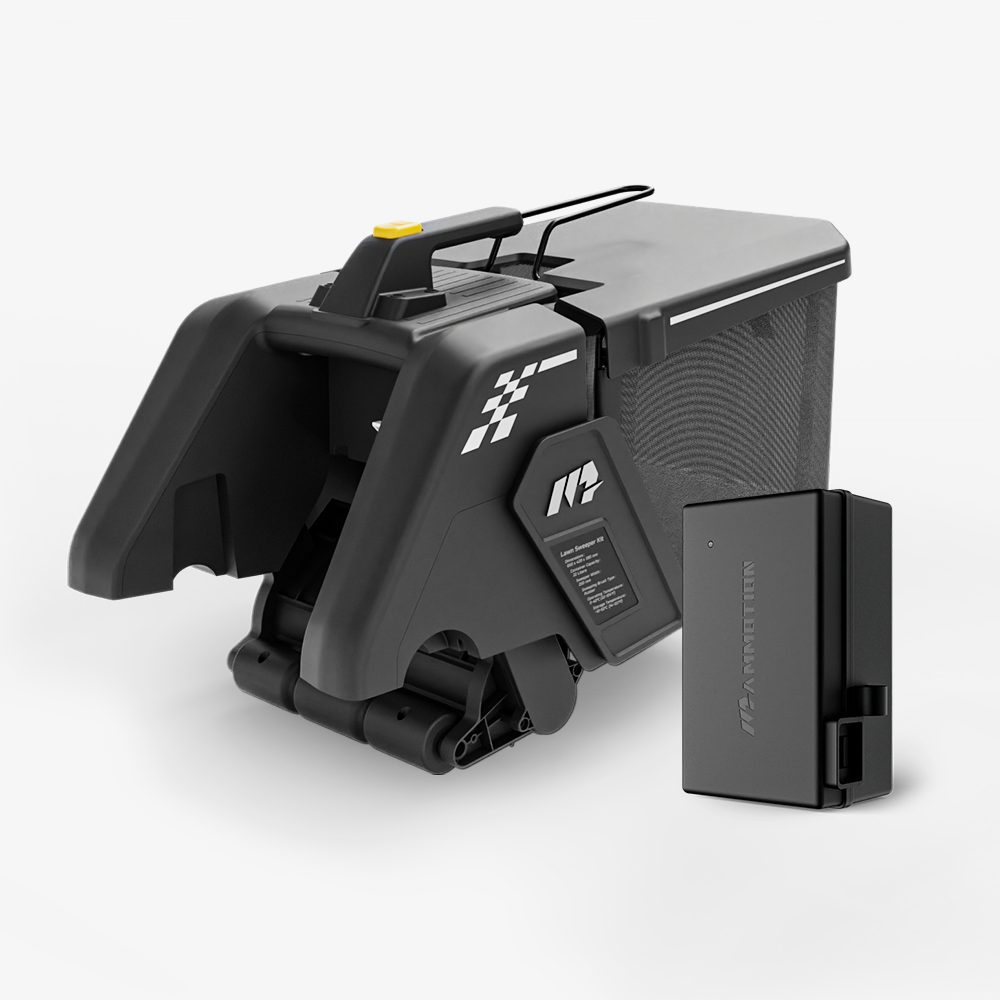


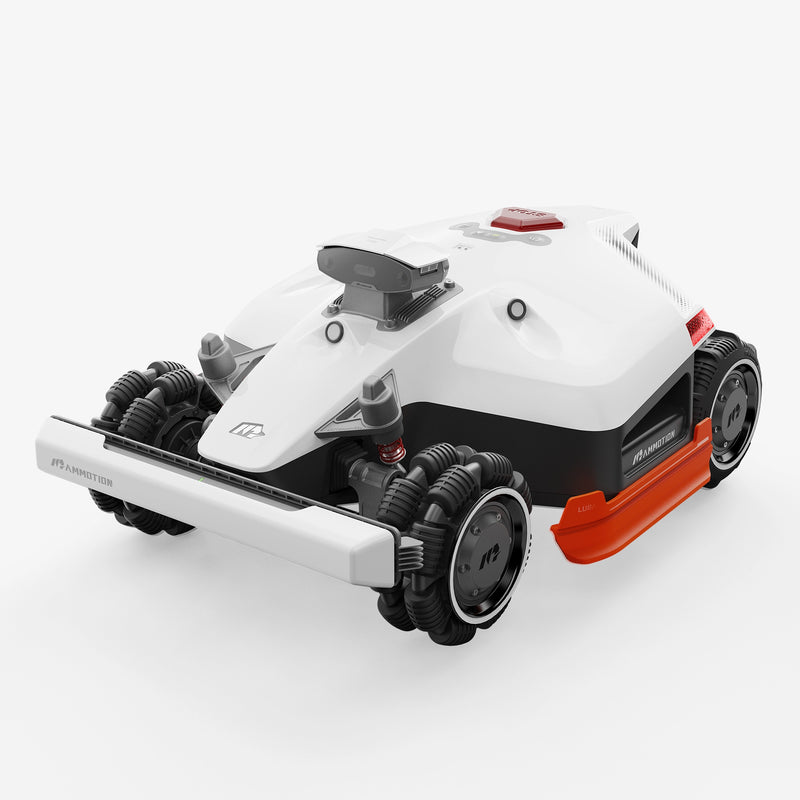

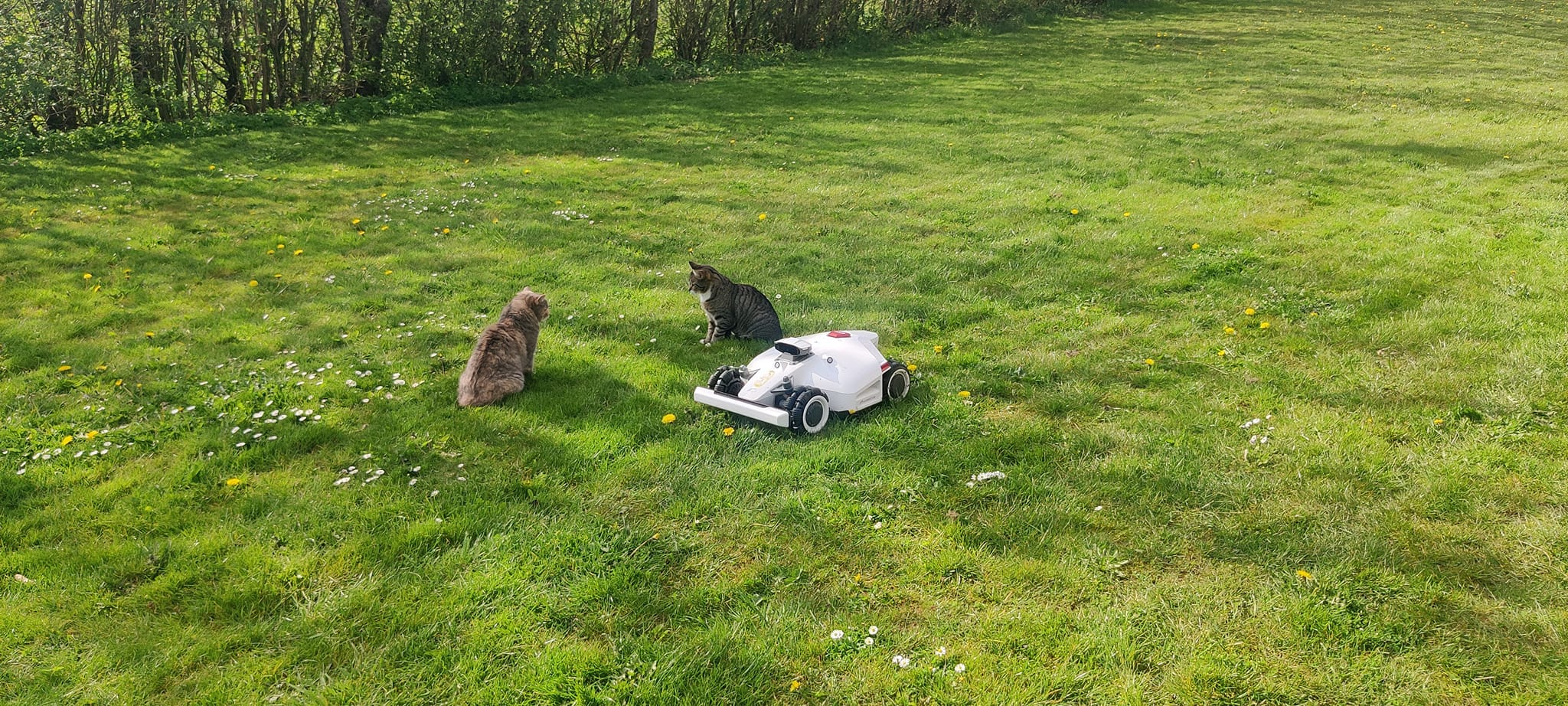
Leave a comment
This site is protected by hCaptcha and the hCaptcha Privacy Policy and Terms of Service apply.